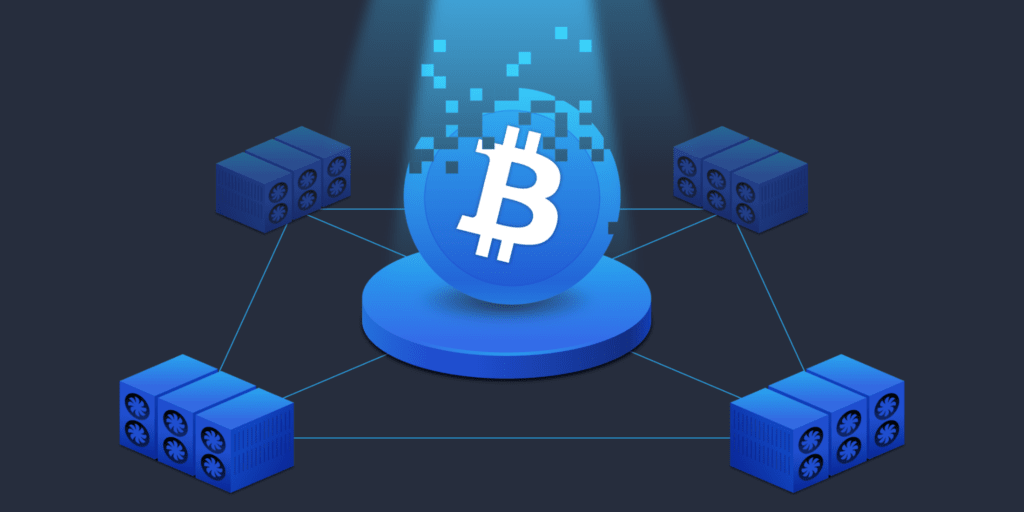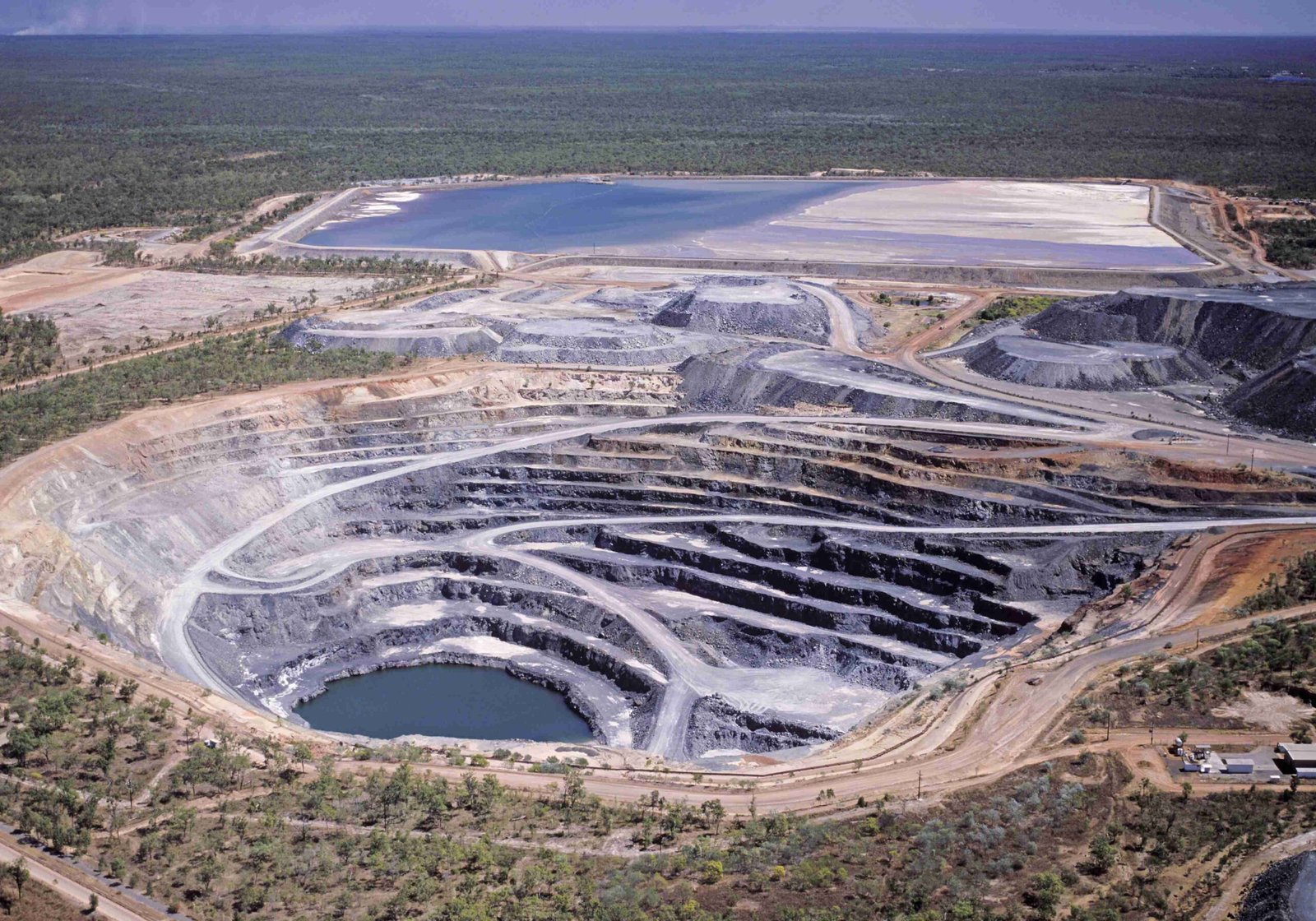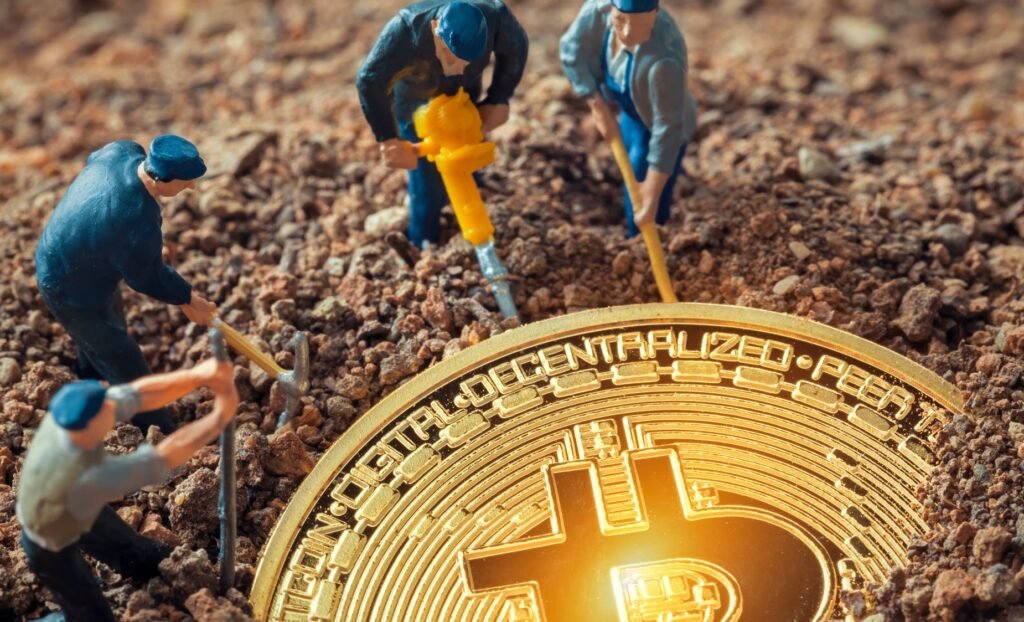Bitcoin Mining is how new bitcoins are made and how transactions are checked on the blockchain, which is a decentralised record. Mining is what keeps the Bitcoin network safe, open, and able to run without trust. Without miners, Bitcoin’s decentralised structure would fall apart since there would be no way to make sure that transactions are checked, blocks are added, and double-spending is stopped.
To validate and organise data on the Bitcoin blockchain, miners use their computers to solve cryptographic riddles. The Proof of Work consensus algorithm makes sure that only real transactions are logged. The SHA-256 hashing method makes it almost impossible to change the manner that a block is added to the chain each time it is mined. This hash function makes sure that even the smallest change in the data gives a completely different result. This makes it impossible to change the history of the blockchain.
How Bitcoin Mining Works
You need to know what a hash is and how it works in blockchain architecture before you can understand how mining works. A hash is a string of a certain length that is created by a cryptographic procedure to show data. Miners take unconfirmed transactions from the mempool and put them together into a candidate block. Next, they calculate the hash of this block and a nonce, which is a random number that they modify over and over again until they discover a hash that starts with the right number of zeros. Every 2,016 blocks, this target difficulty changes to keep block timings steady at about one every 10 minutes.

The block is sent to the whole network for validation after a miner finds a hash that matches the difficulty criterion. The block is uploaded to the blockchain if the network agrees that it is real. The miner then gets a reward in the form of fresh bitcoins and transaction fees. This way of rewarding people gives them a reason to maintain the network safe and do honest business.
Hardware and Mining Evolution
In the beginning, anyone with a simple computer could mine Bitcoin successfully. Early miners used CPUs and subsequently GPUs to make money by mining coins. But when the network grew and things got harder, these tools weren’t enough anymore. Miners switched to FPGAs and then to Application-Specific Integrated Circuits (ASICs), which are hardware devices made just for mining Bitcoin. These computers have a lot of hashing power, which makes them necessary for any mining business that wants to be competitive today.Mining farms with thousands of ASIC devices are now prevalent in places where electricity is cheap. These places are open all the time and generally use automated technologies and efficient cooling systems to run their activities. Efficiency is becoming more important as competition grows. The cost of technology, power use, and access to cheap electricity are currently the main factors that decide whether a mining business can be profitable.
The Energy Debate and Sustainability
Bitcoin mining is often discussed on social media and in the news for its energy use. The Proof of Work mechanism intentionally takes lots of energy. People worry about the environmental impact of large-scale mining, especially fossil fuel-powered ones. Reports comparing Bitcoin’s energy use to small countries have increased regulatory attention and concerns about its longevity. But the story is changing. Mining companies are adopting solar, wind, and hydroelectric power more. Flared natural gas from oil production is used in mining. This update lowers carbon emissions and boosts Bitcoin’s environmental image. Technology is also improving energy efficiency. New technologies like immersion cooling and optimised firmware help miners save electricity and operate better. As mining grows, sustainable, green operations are preferred.
Mining Pools and Centralization Concerns
Due to severe competition and high hardware costs, individual miners often struggle to mine blocks.Pools of miners share rewards from their efforts. Centralisation concerns have arisen as revenue becomes more stable and predictable.

Bitcoin is less secure when a few pools control a big portion of the network’s hash rate. The likelihood of a 51% attack, in which one group takes over and changes the blockchain, increases. People are creating decentralised mining pool methods to use group hashing power while keeping hardware and keys.
Final thoughts
There are a few important things that will affect the future of Bitcoin mining. The scheduled Bitcoin halving events, which decrease block rewards in half every four years, will make miners use transaction fees more. This economic transition will require miners to be more efficient and have flexible incentives.
As more people use Bitcoin and more transactions happen, fees may eventually become a reliable reason for mining. At the same time, new technology, energy solutions, and decentralised pool structures will keep changing the mining scene. Miners will always play an important role in keeping the Bitcoin blockchain safe and secure.

















